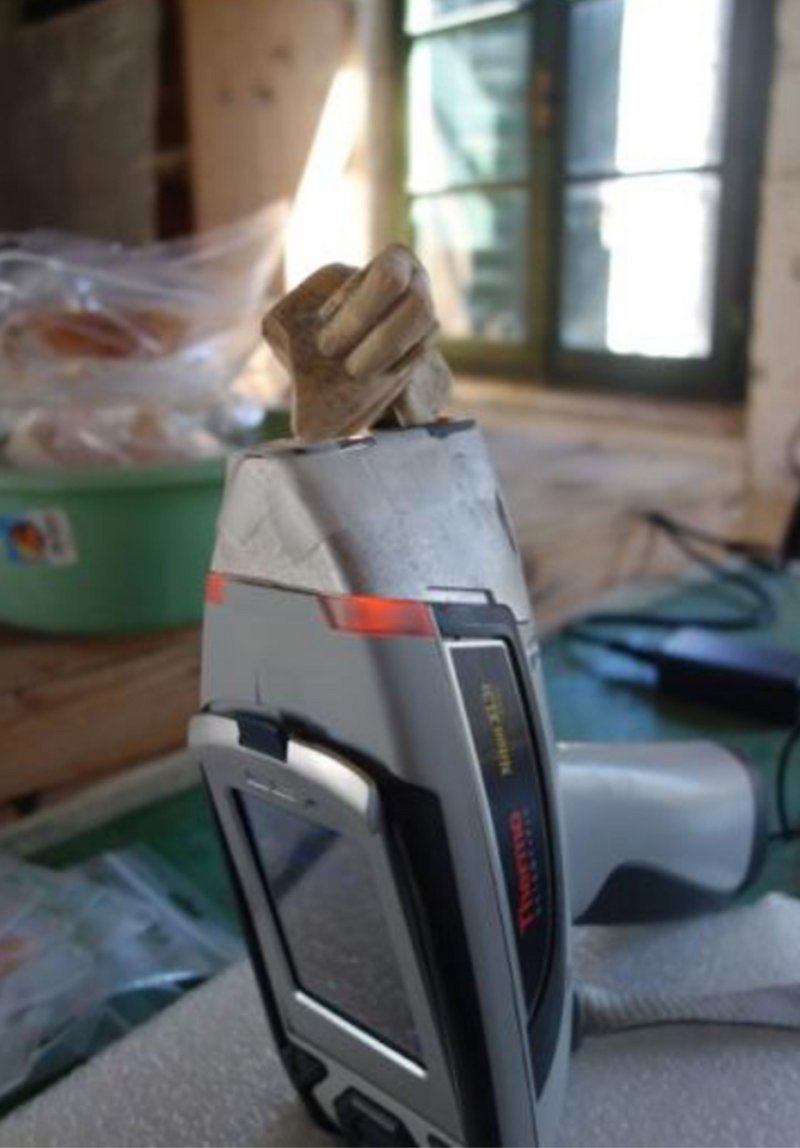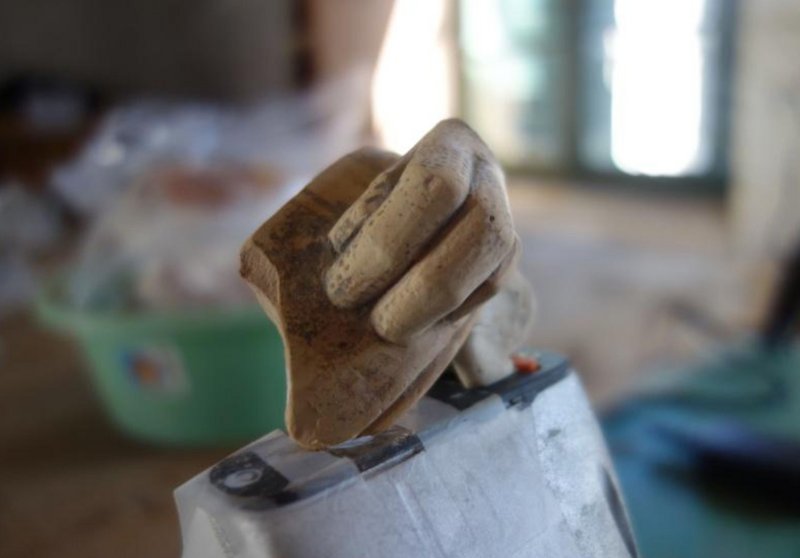Forschung
In March 2023 an assemblage of 313 ceramic fragments and vessels from the Heraion Sanctuary in Samos was analyzed for their elemental composition using portable energy-dispersive XRF (pXRF). The major part of the ceramics was located in the storerooms of the Heraion excavation while 61 objects were analyzed in the Archaeological Museum of Vathy and one Fikellura Amphora in the Archaeological Museum of Pythagorion.
The examined assemblage comprised:
· 8 samples of the Late Helladic Period
· 12 samples of the Protogeometic Period
· 15 samples of the Early Geometric Period
· 35 samples of the Middle Geometric Period
· 79 samples of the Late Geometric Period
· 120 samples of the Early Archaic Period
· 43 samples of the Archaic Period
· 1 sample of the Late Archaic Period
The measurements were non-invasive so that even entire vessel from museum showcases could be examined.
Scope of the analytical study was an assessment of compositional variation, which potentially indicated different places of manufacture. Based on reference data from former measurements and from the analysed local amphorae information about specific provenance of the ceramics could be verified.
Anno Hein
The pXRF measurements were carried out using a NITON XL3t GOLDD+ handheld system. For the present study the preset ‘soil’ method was used, which had been already successfully tested for ceramic analyses. The life time of each measurement, which was carried out in air, was 120 seconds, measuring in three energy ranges. Without using vacuum or helium flow, concentrations of elements with atomic numbers > 16 (sulphur) are reliably determined. During the measurement the system was placed in a stand looking upwards and the samples were placed on top. The measurement area had an estimated diameter of c. 6 millimeters and a photograph of each area was recorded with the integrated camera. The analytical method was completely non-destructive and non-invasive. It has to be considered though that XRF is a highly surface sensitive method, so that surface areas were selected, which appeared to be clear from deterioration or encrustation, ideally broken sections or flaked surfaces with exposed clay/ceramic body. Some of the samples were analysed in two or three areas in order to assess the variation of the pXRF results, when measuring the same sample. Thus, finally 384 individual measurements were taken of the present assemblage of clay sealings. The composition will be given as elemental concentrations in ppm (μg/g) as mainly minor or trace elements were measured with the present ‘soil’ method. Of the 33 elements, compositions of which were determined, 23 elements presented considerable numbers of concentrations above the lower limit of detection (> LOD): S, K, Ca, Ti, V, Cr, Mn, Fe, Ni, Cu, Zn, As, Rb, Sr, Zr, Sn, Sb, Te, Cs, Ba, Pb, Th and U. For statistical evaluation the element concentrations were normalized by log-ratio transformation.
Anno Hein



